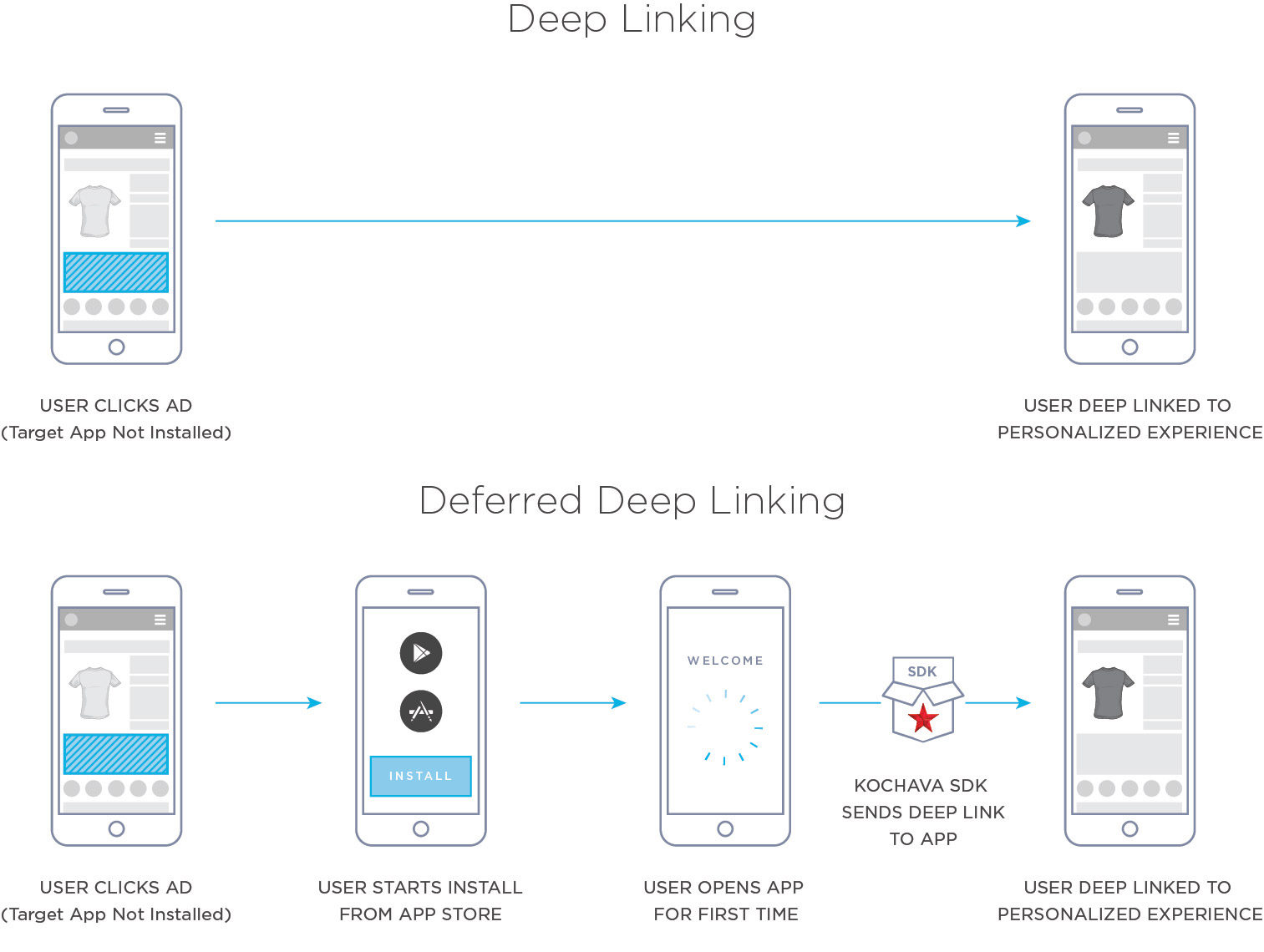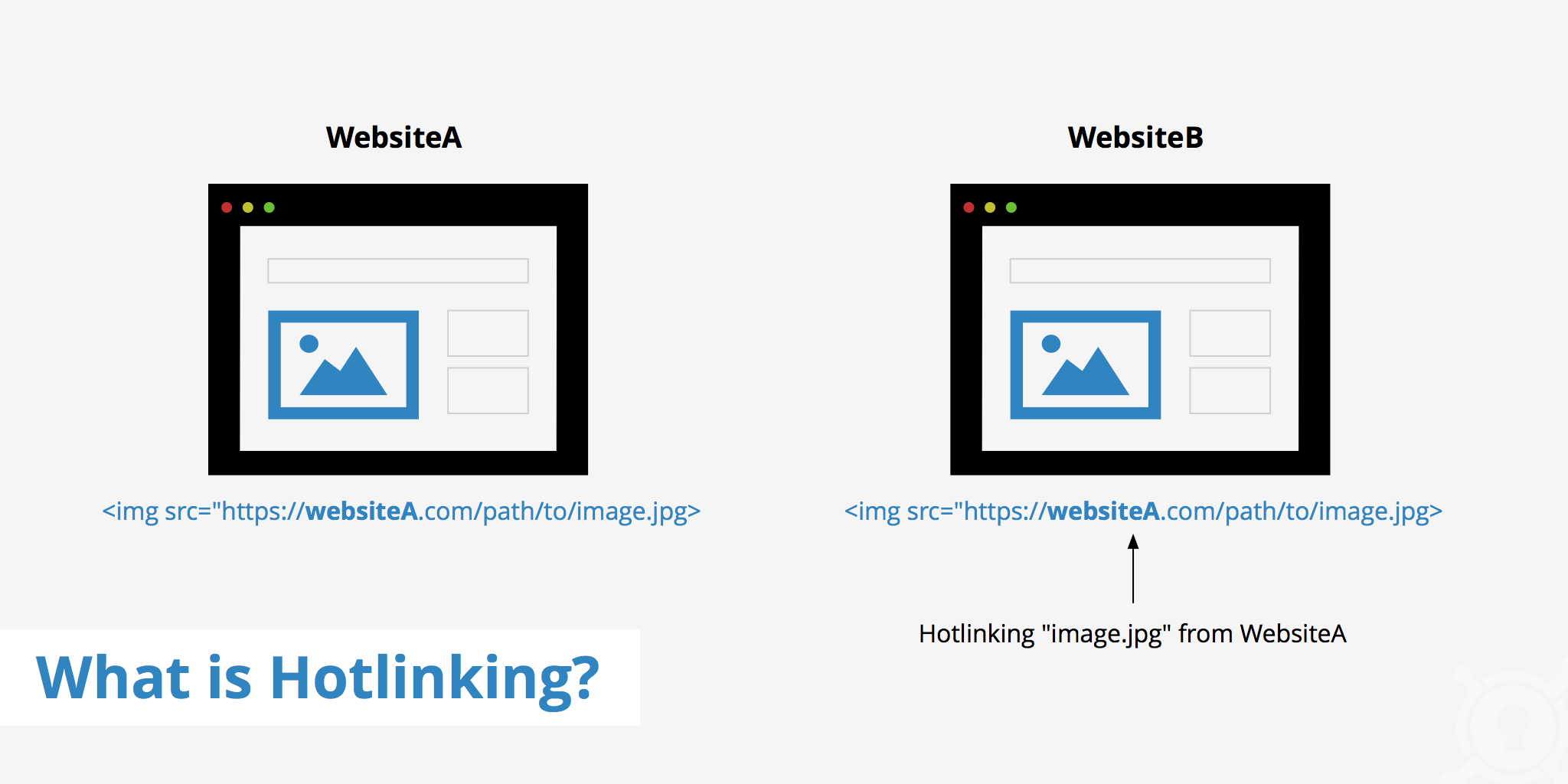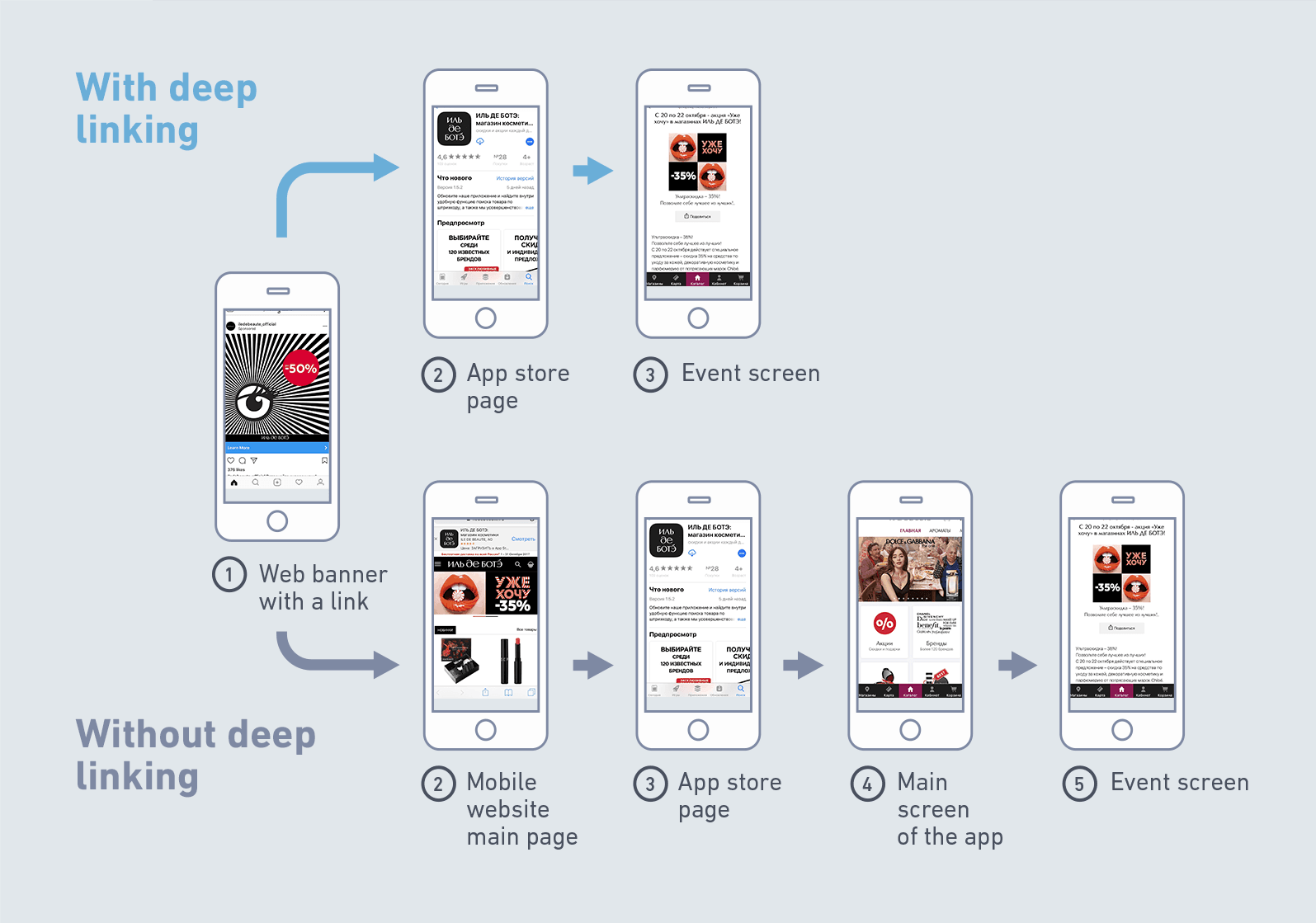Want to know more about "deep hot linking"?
Deep hot linking occurs when a website directly links to a specific file, such as an image or video, on another website without permission. This practice can lead to several issues, including increased bandwidth usage for the host website and potential copyright infringement.
There are several reasons why deep hot linking is generally discouraged. First, it can put a strain on the resources of the host website. When a large number of people access a file through a deep hot link, it can slow down the website for everyone. Second, deep hot linking can violate copyright laws. If the file is protected by copyright, the website linking to it may be infringing on the copyright holder's rights.
Read also:A Deep Dive Into The Life And Legacy Of Cheryl Crane And Her Wife
There are a few things you can do to avoid deep hot linking. First, always make sure you have permission from the copyright holder before linking to a file. Second, use inline linking instead of deep hot linking. Inline linking embeds the file directly into your website, so it doesn't link to the file on the host website.
Deep hot linking can be a serious problem, but it is one that can be easily avoided. By following these simple tips, you can help to protect the resources of other websites and avoid copyright infringement.
Deep Hot Linking
Deep hot linking is a practice that can have several negative consequences, including increased bandwidth usage for the host website and potential copyright infringement.
- Copyright infringement: Deep hot linking can violate copyright laws if the file is protected by copyright.
- Bandwidth usage: Deep hot linking can put a strain on the resources of the host website, especially if a large number of people access a file through a deep hot link.
- Permission: It is important to always make sure you have permission from the copyright holder before linking to a file.
- Inline linking: Inline linking embeds the file directly into your website, so it doesn't link to the file on the host website.
- Fair use: In some cases, deep hot linking may be considered fair use, but this is a complex legal issue that should be discussed with an attorney.
- Hotlinking: Hotlinking is a general term for linking to a file on another website, while deep hot linking specifically refers to linking to a specific file, such as an image or video.
Deep hot linking is a serious issue that can have several negative consequences. By understanding the key aspects of deep hot linking, you can help to protect the resources of other websites and avoid copyright infringement.
1. Copyright infringement
Deep hot linking is a practice that can have several negative consequences, including increased bandwidth usage for the host website and potential copyright infringement. Copyright infringement occurs when someone uses copyrighted material without permission from the copyright holder. Deep hot linking can violate copyright laws if the file being linked to is protected by copyright. This is because deep hot linking allows users to access the file directly from the host website's server, without having to go through the copyright holder's website.
For example, if a website owner deep hot links to an image that is protected by copyright, the website owner could be held liable for copyright infringement. This is because the website owner is essentially distributing the image without permission from the copyright holder. In some cases, the copyright holder may even be able to sue the website owner for damages.
Read also:The Horrific Injuries Sustained By Baby Jessica A Tragic Tale
It is important to be aware of the copyright laws that apply to deep hot linking. If you are unsure whether or not a file is protected by copyright, it is best to err on the side of caution and avoid deep hot linking to the file. You can also contact the copyright holder directly to ask for permission to deep hot link to the file.
By understanding the copyright laws that apply to deep hot linking, you can help to protect yourself from copyright infringement lawsuits.
2. Bandwidth usage
Deep hot linking can put a strain on the resources of the host website because it bypasses the host website's own servers and directly accesses the file from the host website's server. This can lead to increased bandwidth usage for the host website, which can slow down the website for everyone. In some cases, it can even cause the website to crash.
For example, if a popular website deep hot links to an image on a smaller website, the smaller website's server could be overwhelmed by the number of people trying to access the image. This could cause the smaller website to slow down or even crash.
It is important to be aware of the potential impact of deep hot linking on bandwidth usage. If you are planning to deep hot link to a file, you should make sure that the host website's server can handle the increased traffic. You should also contact the copyright holder to ask for permission to deep hot link to the file.
By understanding the impact of deep hot linking on bandwidth usage, you can help to protect the resources of other websites and avoid causing problems for website owners.
3. Permission
Obtaining permission from the copyright holder is a crucial aspect of deep hot linking. Copyright law grants the owner of a work exclusive rights to reproduce, distribute, and create derivative works based on their work. By deep hot linking to a file without permission, you may be infringing on the copyright holder's rights.
- Copyright Infringement: Deep hot linking can lead to copyright infringement if the file being linked to is protected by copyright. Copyright infringement occurs when someone uses copyrighted material without permission from the copyright holder.
- Fair Use: In some cases, deep hot linking may be considered fair use, but this is a complex legal issue that should be discussed with an attorney.
- Permission Request: It is always best to contact the copyright holder directly to ask for permission to deep hot link to a file.
- Consequences of Copyright Infringement: Copyright infringement can have serious consequences, including legal action and financial penalties.
By understanding the importance of obtaining permission from the copyright holder before deep hot linking to a file, you can help to protect yourself from copyright infringement lawsuits and other legal issues.
4. Inline linking
Inline linking is a valuable technique that stands in contrast to deep hot linking. Unlike deep hot linking, which directly links to a specific file on another website, inline linking embeds the file directly into your website. This approach offers several advantages.
First and foremost, inline linking eliminates the strain on the host website's resources that deep hot linking can cause. When you inline link to a file, your website becomes the host for that file, alleviating the burden on the original host website's server.
Moreover, inline linking helps you avoid potential copyright infringement issues. By embedding the file directly into your website, you are not directly linking to the file on the host website, which reduces the risk of violating the copyright holder's rights.
In practice, inline linking is straightforward to implement. Most content management systems (CMSs) provide built-in functionality for inline linking, making it easy to embed images, videos, and other files into your website.
In conclusion, inline linking is a crucial component of ethical and effective website design. By understanding the connection between inline linking and deep hot linking, you can avoid the potential pitfalls of deep hot linking and ensure that your website operates in a responsible and legally compliant manner.
5. Fair use
The concept of fair use is a crucial consideration in the context of deep hot linking. Fair use is a legal doctrine that allows limited use of copyrighted material without the need to obtain permission from the copyright holder. However, determining whether deep hot linking falls under fair use can be a complex legal issue.
- Purpose and Character of the Use: Courts consider the purpose and character of the use when evaluating fair use. Deep hot linking for commercial purposes is less likely to be considered fair use compared to non-commercial or educational uses.
- Nature of the Copyrighted Work: The nature of the copyrighted work also plays a role. Deep hot linking to factual works, such as news articles, is more likely to be considered fair use than deep hot linking to creative works, such as .
- Amount and Substantiality of the Portion Used: Courts also consider the amount and substantiality of the portion used. Deep hot linking to a small portion of a copyrighted work is more likely to be considered fair use than deep hot linking to a substantial portion.
- Effect of the Use on the Market: Finally, courts consider the effect of the use on the market for the copyrighted work. Deep hot linking that harms the market for the copyrighted work is less likely to be considered fair use.
Due to the complexity of fair use analysis, it is advisable to consult with an attorney to determine whether deep hot linking in specific circumstances qualifies as fair use.
6. Hotlinking
The term "hotlinking" refers to the practice of linking to a file on another website. Deep hot linking is a specific type of hotlinking that involves linking directly to a specific file, such as an image or video. This can be problematic because it bypasses the host website's own servers and directly accesses the file from the host website's server. This can lead to increased bandwidth usage for the host website, which can slow down the website for everyone. In some cases, it can even cause the website to crash.
Deep hot linking can also lead to copyright infringement if the file being linked to is protected by copyright. Copyright infringement occurs when someone uses copyrighted material without permission from the copyright holder. Deep hot linking can violate copyright laws if the file being linked to is protected by copyright because it allows users to access the file directly from the host website's server, without having to go through the copyright holder's website.
It is important to understand the difference between hotlinking and deep hot linking. Hotlinking is generally not considered to be a problem, but deep hot linking can lead to several issues, including increased bandwidth usage for the host website and potential copyright infringement. If you are planning to link to a file on another website, it is important to make sure that you are not deep hot linking to the file. You can do this by linking to the file's page on the host website instead of linking directly to the file itself.
By understanding the difference between hotlinking and deep hot linking, you can help to protect the resources of other websites and avoid copyright infringement.
Deep Hot Linking FAQs
This section addresses frequently asked questions and misconceptions surrounding deep hot linking to provide a comprehensive understanding of the topic.
Question 1: What exactly is deep hot linking?
Deep hot linking refers to the practice of directly linking to a specific file, such as an image or video, on another website without obtaining permission from the copyright holder.
Question 2: Why is deep hot linking discouraged?
Deep hot linking can lead to increased bandwidth usage for the host website and potential copyright infringement if the file is protected by copyright.
Question 3: What are the alternatives to deep hot linking?
Instead of deep hot linking, consider using inline linking, where the file is embedded directly into your website, or linking to the file's page on the host website.
Question 4: Can deep hot linking ever be considered fair use?
In some cases, deep hot linking may fall under fair use, but this is a complex legal issue that requires careful consideration of factors such as the purpose of the use and the nature of the copyrighted work.
Question 5: What are the potential consequences of deep hot linking?
Deep hot linking can lead to copyright infringement lawsuits, damage to the host website's performance, and reputational harm.
By understanding these key points, you can avoid the potential pitfalls of deep hot linking and ensure ethical and responsible use of online content.
Transition to the next article section: Understanding the legal and ethical implications of deep hot linking is crucial for website owners and content creators. The following section explores the copyright considerations and legal risks associated with deep hot linking in more detail.
Conclusion
Deep hot linking, the practice of directly linking to specific files on other websites, raises important copyright and ethical concerns. By understanding the potential consequences and exploring alternatives such as inline linking, website owners and content creators can avoid copyright infringement and maintain respect for intellectual property rights.
As the digital landscape continues to evolve, it is crucial to stay informed about best practices for online content use. By adhering to ethical guidelines and respecting copyright laws, we can foster a responsible and sustainable online environment where creativity and innovation can thrive.


